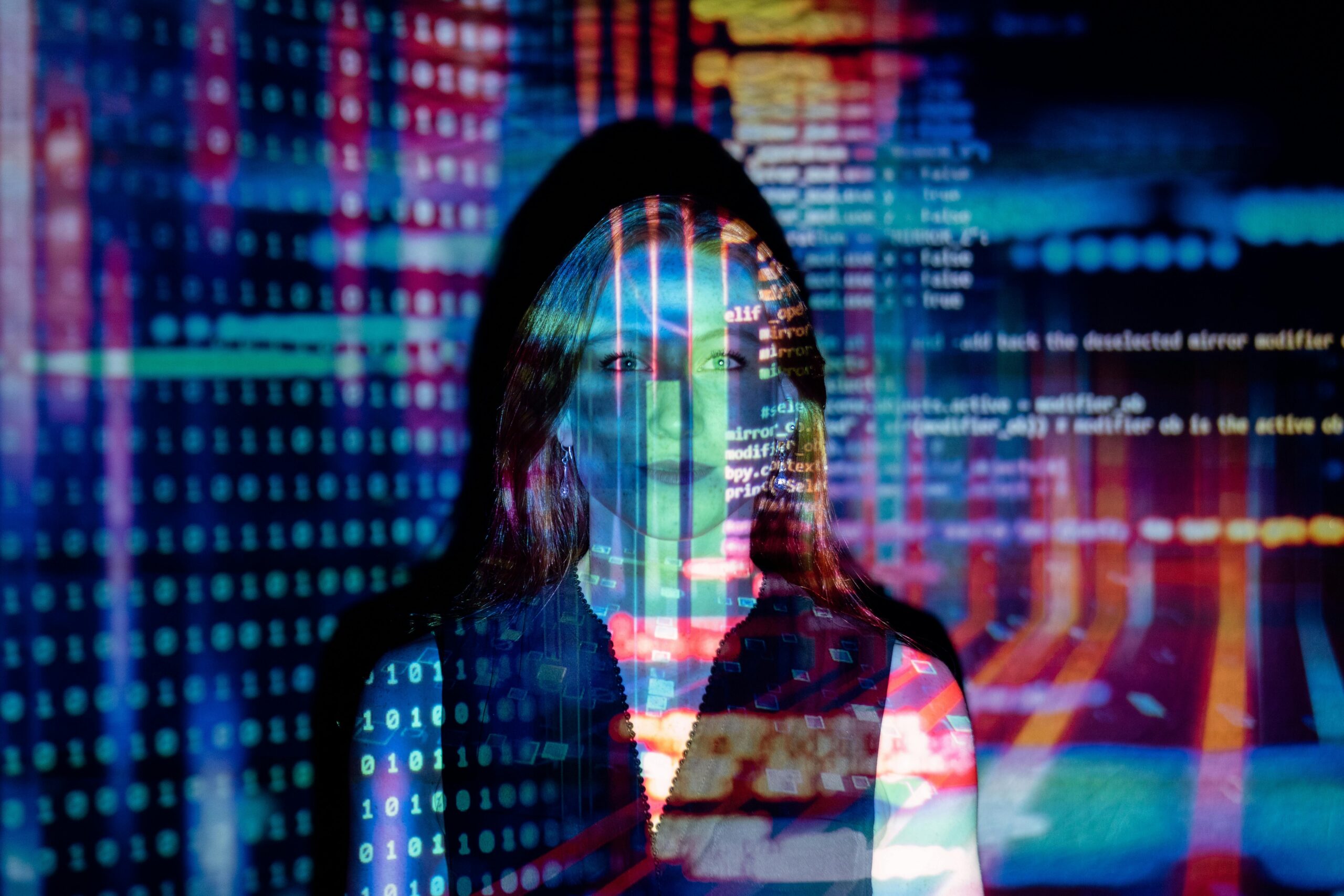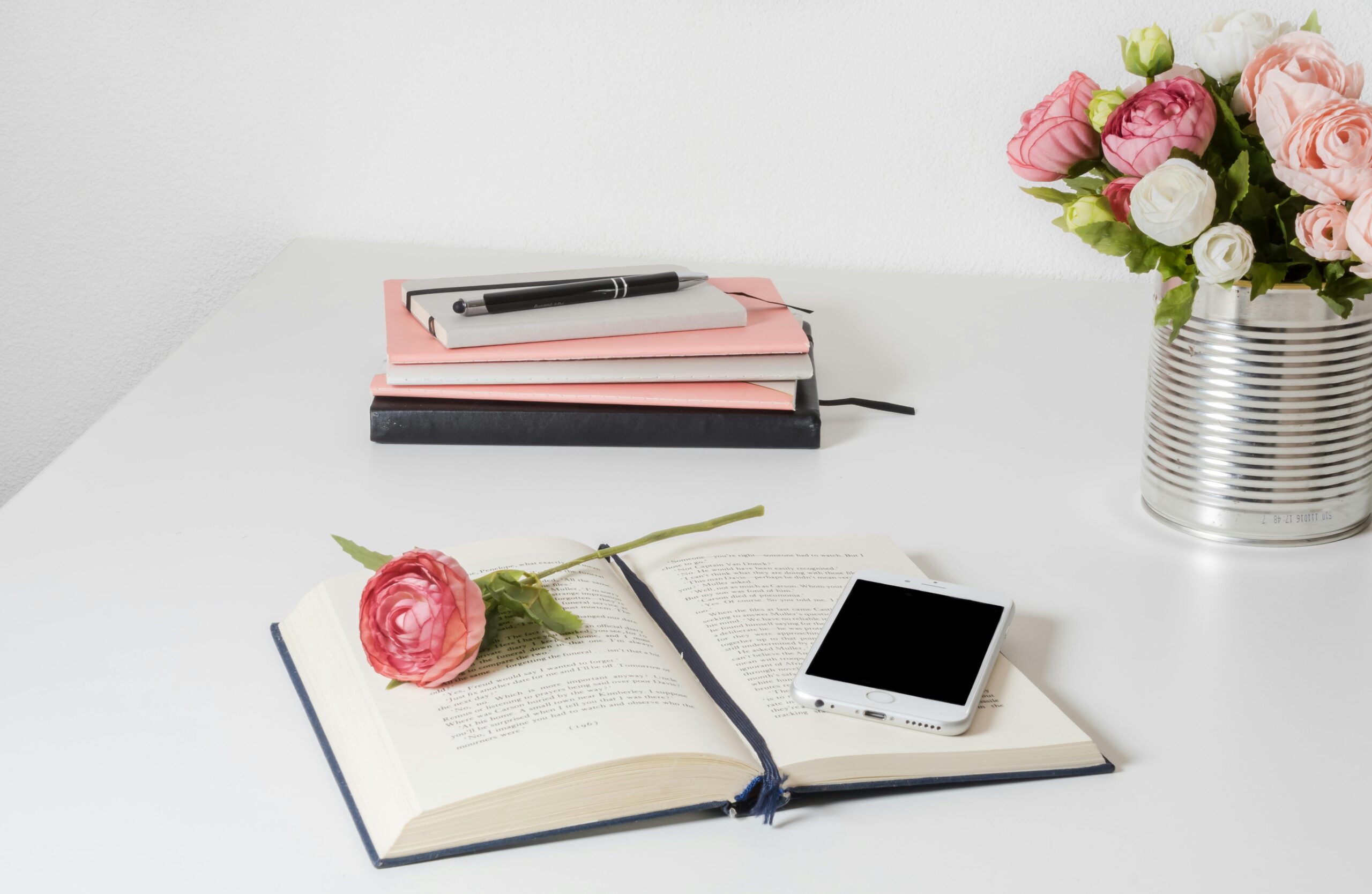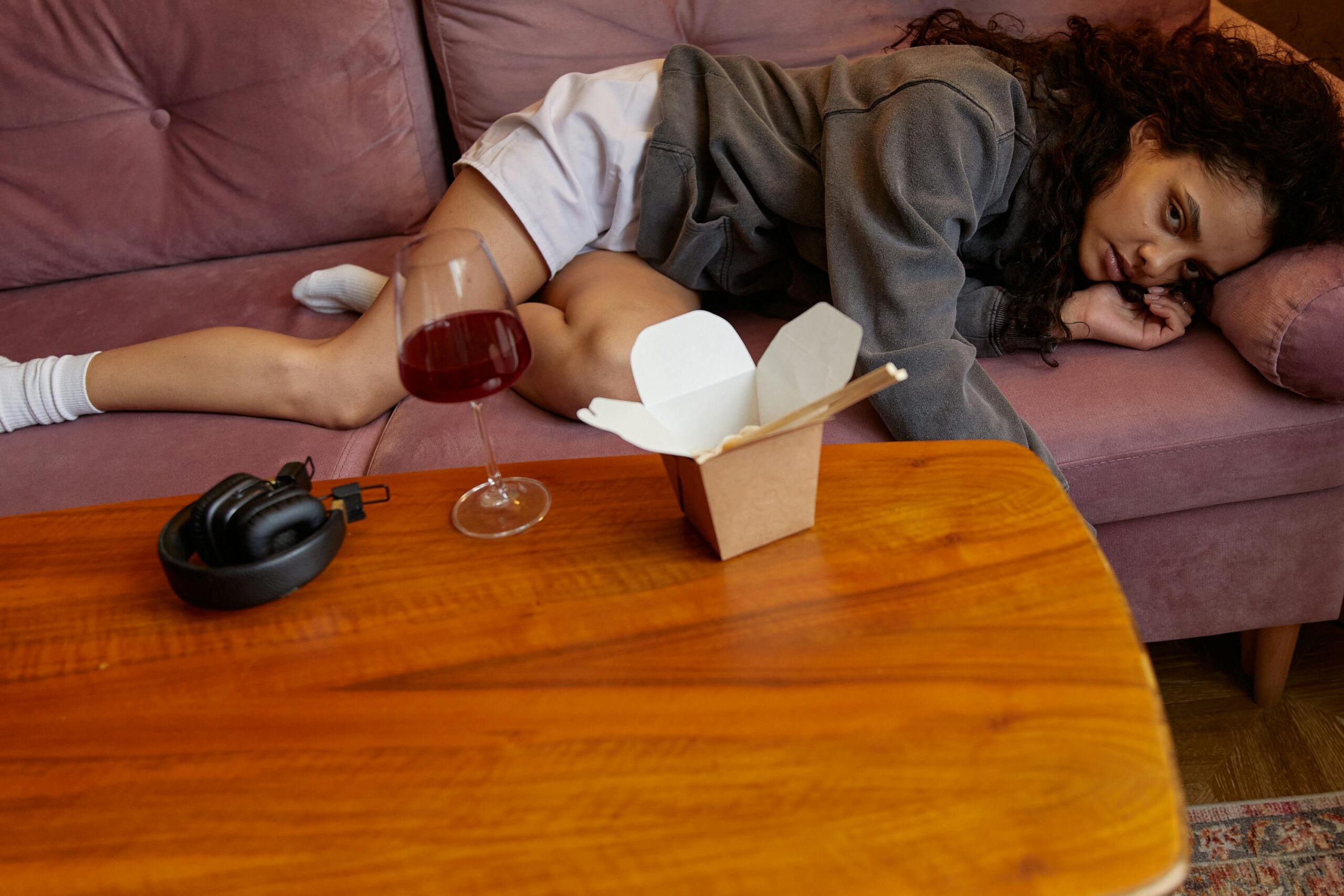The rapid evolution of technology has transformed the way we live, work, and communicate. However, this unprecedented connectivity has its downsides, particularly when it comes to mental health. Excessive screen time, relentless social media updates, and the pressure to stay digitally connected can take a toll on our well-being. In this post, we’ll analyze how technology use can contribute to anxiety and provide actionable steps to establish a healthier digital balance.
The Impact of Screen Time on Mental Health
How Excessive Screen Time Affects the Brain
The human brain is not designed to be constantly stimulated. Prolonged screen exposure can lead to overstimulation, affecting critical areas of the brain responsible for emotional regulation and decision-making. Over time, this can heighten anxiety levels, making it harder to disconnect and unwind. Studies indicate that individuals with high screen time often experience increased levels of cortisol, a stress hormone that contributes to anxiety.
Physical Consequences of Prolonged Screen Time
Spending hours glued to screens can cause physical issues such as eye strain, poor posture, and disrupted sleep patterns—all of which exacerbate feelings of stress and anxiety. The blue light emitted by screens disrupts melatonin production, affecting sleep quality and, in turn, mental health. Moreover, the lack of physical activity associated with prolonged screen time can lead to weight gain and other health issues, further amplifying stress.
Emotional and Cognitive Overload
Screen time is also associated with emotional and cognitive overload. The constant barrage of notifications and the pressure to multitask can reduce attention spans and impair decision-making skills. Over time, this can erode self-esteem and lead to feelings of inadequacy, fueling anxiety.
Social Media: A Double-Edged Sword
The Social Media Impact on Anxiety
While social media platforms provide a space for connection and self-expression, they are also a significant source of online stress. The carefully curated nature of social media content often creates unrealistic standards of success, beauty, and lifestyle, making users feel inadequate. This phenomenon, known as “comparison culture,” is a significant driver of anxiety, especially among young adults and teenagers.
Anxiety Triggers in the Digital World
- Fear of Missing Out (FOMO): Social media amplifies the fear of being left out, making users feel pressured to stay connected constantly. This can lead to compulsive behavior and increased anxiety.
- Cyberbullying: Negative comments and online harassment can leave lasting psychological scars. Studies show that victims of cyberbullying are more likely to experience depression and anxiety.
- Information Overload: The endless stream of news and updates can overwhelm users, creating a sense of helplessness. Exposure to distressing news stories, especially during global crises, can exacerbate anxiety levels.
Addiction to Validation
Social media platforms often function as tools for validation, with users seeking likes, comments, and shares as measures of self-worth. This dependency on external affirmation creates a fragile sense of self-esteem, leading to heightened anxiety when expectations are not met.
Establishing a Healthier Digital Balance
Why a Digital Detox Matters
A digital detox is a deliberate break from technology to recalibrate your relationship with screens. Taking regular breaks can improve focus, enhance sleep, and reduce anxiety triggers associated with technology. Detoxing helps individuals reconnect with their surroundings and engage in activities that promote relaxation and mindfulness.
Steps to Begin Your Digital Detox
- Set Screen Time Limits: Use apps or built-in features to monitor and limit daily screen use. Gradually reducing screen time can help alleviate anxiety.
- Create Tech-Free Zones: Designate certain areas in your home, such as bedrooms and dining areas, as tech-free zones. This encourages real-world interactions and better sleep hygiene.
- Schedule “No-Tech” Hours: Dedicate specific times each day to unplug and engage in offline activities like reading, exercising, or spending time with loved ones.
Incorporate Gradual Changes
Adopting a healthier digital balance doesn’t have to happen overnight. Start by replacing one hour of screen time with an offline activity, such as journaling or cooking. These small changes can accumulate into significant improvements over time.
Healthy Habits for Better Digital Well-Being
Practicing Mindfulness in the Digital Age
Mindfulness can counterbalance the effects of technology by helping individuals stay present and reduce stress. Mindful breathing exercises, meditation, and yoga are effective tools for creating a buffer against online stress. Mindfulness apps like Calm or Insight Timer can guide users in building these practices into their daily routines.
Engaging in Physical Activities
- Exercise Regularly: Activities such as running, swimming, or attending fitness classes can release endorphins, the body’s natural stress relievers. These activities also serve as an opportunity to disconnect from screens.
- Outdoor Activities: Spending time in nature has proven mental health benefits. Activities such as hiking, gardening, or simply walking in a park can reduce stress and improve focus.
Building Stronger Relationships
Prioritize face-to-face interactions over digital communication. Organize meetups with friends and family to foster deeper emotional connections. Joining community groups or volunteering can also create a sense of belonging and purpose, which are essential for mental health.
Recognizing Anxiety Triggers
Identifying Problematic Patterns
Reflect on your technology usage by maintaining a journal of your screen time and associated moods. This practice can help identify which apps or online activities trigger anxiety, allowing you to make targeted changes.
Establishing Clear Boundaries
Boundaries are essential for maintaining digital well-being. Limit work-related technology use after office hours and avoid responding to non-urgent messages immediately. Setting specific times for checking emails or social media can reduce the constant pressure to stay connected.
The Role of Technology in Mental Health Support
Using Technology Positively
Not all technology usage is detrimental. Apps and platforms designed for mental health support can provide valuable resources. Meditation apps, digital therapy platforms, and mental health forums offer accessible tools for managing anxiety.
Seeking Professional Help
When anxiety becomes overwhelming, it’s crucial to seek professional guidance. Online therapy platforms, such as BetterHelp or Talkspace, provide convenient and affordable access to licensed therapists. These platforms also allow for flexible scheduling, making mental health support more accessible than ever.
Conclusion: Achieving Tech Balance for a Healthier Life
Finding the right balance between technology and mental health is an ongoing process that requires conscious effort. By understanding how technology contributes to anxiety, recognizing triggers, and adopting healthier habits, you can regain control over your digital life. Remember, the goal is not to eliminate technology but to use it mindfully to enrich your life. Achieving a healthy digital balance can lead to improved mental health, stronger relationships, and a more fulfilling lifestyle.




